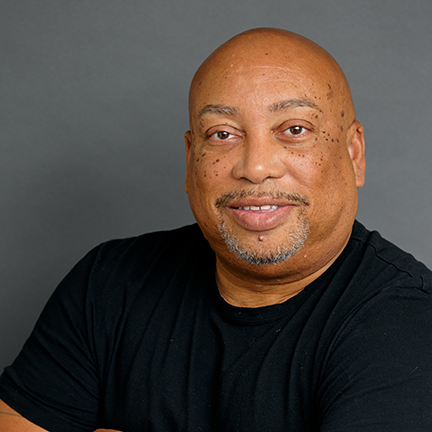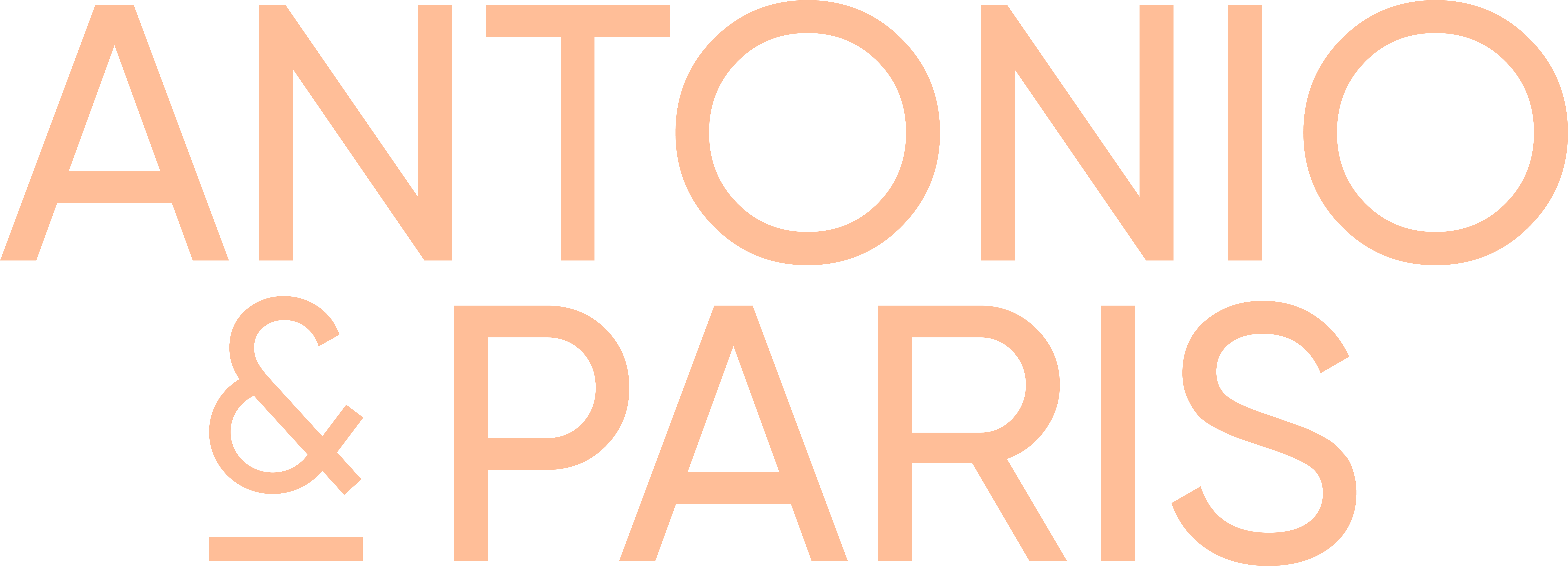Transforming Focus Group Participants to Co-Creators, Part Two: Technology
BY: ANTONIO BUCHANAN | SEPT 8, 2016 – 5 MIN READ

Creatively gaining consumer insight is paramount at the start of the branding process, as are product development and design. In part 1 of this series, we discussed how to break free from the ordinary restrictions of qualitative testing. A major tool in this innovation is technology. The Internet has changed the way we think about communication; rapid communication through email and crystal-clear video streaming have altered the necessity of “in-person” interactions.

Video diaries are a very effective way to gather information and opinions from consumers, particularly because they get to answer questions in a safe, semi-private space. Though they know someone will see their videos, they are alone and free from the direct judgment of others. You can often ask more personal questions using this testing format than you could in a public focus group. Testing of more intimate products can be more comprehensive, as well. After a few entries, the vloggers will start to speak more openly as they begin to rely on these exercises to process their feelings. It should also be noted that creating videos is faster for participants than typing, and they are less likely to edit themselves in this format. Your system can be programmed to immediately upload the videos to your team, allowing you to ask specific participants follow-up questions or request that they complete additional tasks. For example, Sally might mention on day 4 that the salesperson at a shoe store was condescending. You could then send a question for her the next day asking what words salespeople use that she likes or dislikes. The rapid advancements in technology spur efficiencies with both time and costs.

Taking your work to the next level is a basic goal you should be driving toward in every aspect of your life, and market testing is no different. Enhancing your testing protocol will lead to boundless changes in the quality and quantity of your feedback, and your clients will be blown away by the results. Additionally, since the data you receive will be of higher quality, less testing time and fewer participants are required to attain the same level of insight. The exceptional data you gather will greatly improve the outcome of your work going forward.
At Antonio and Paris, we have developed a vlogging program we call Project FollowMe. Find out more by messaging us at hello@antonioandparis.com.

WRITTEN BY
Antonio Buchanan
Short Bio — In 1999 after leading the charge on accounts, such as American Express, IBM, & Microsoft, at traditional global agencies in large agency networks, Antonio Patric Buchanan set out on his own to create a new agency model with his agency, bang!zoom. Within a couple of years, the agency was purchased by the Canadian holding company, MDC. In 2004 he launched Pure Moxie, which was rebranded in 2017 to what is now Antonio & Paris.

WRITTEN BY
Antonio Buchanan
Short Bio — In 1999 after leading the charge on accounts, such as American Express, IBM, & Microsoft, at traditional global agencies in large agency networks, Antonio Patric Buchanan set out on his own to create a new agency model with his agency, bang!zoom. Within a couple of years, the agency was purchased by the Canadian holding company, MDC. In 2004 he launched Pure Moxie, which was rebranded in 2017 to what is now Antonio & Paris.

